|
The Padule di Fucecchio is the largest Italian swamp. Containing about 8 square miles, it is located on the border of Pistoia and Florence provinces. The territory represents a remarkable tourist attraction, for both bird watching and nature photography and is a draw for local duck hunters.
 If you love flowers, especially flowering vines, then Italy is the place for you. The flowering season is long and dazzling displays are everywhere, from the northern regions all the way down the Boot to Puglia, Sicily and Sardinia. Early spring is best to see the wisteria displays, but don't worry, there are many types of flowers that grow all through the season, such as the amazing tropical bougainvillea. The grow up and around houses, seemingly in an attempt to swallow them up completely. The balcony gardens are another pleasure to see when Voyaging throughout Italy. So, bring your camera, your pastels or watercolors and take in the scents of Fioritura Italia... You may also want to see Creating a Hanging Italian Wall Garden. --GVI
"Today enters March, the wrangling arose underground and cracked the Earth, God save the quarrel, the witch, the femmena mandrega, by dogma are angry and envious of Mankind." --from Prete Grasso e dal Vilan che va a Spasso (The Fat Priest and Villain Take a Walk, a childrens story) 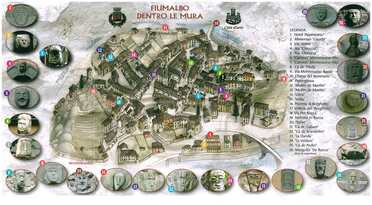 A detailed map of where to locate the margolfe of Fiumalbo A detailed map of where to locate the margolfe of Fiumalbo This children's story warns against evil and reminds us of the Margolfa, a "mummy" carved into stone and used to ward off evil and the malocchio in the region surrounding Fiumalbo in the mountains of Emilia-Romagna. These stone heads are placed on walls and homes to scare away the evil that came from the deep, dark forests in medieval days. Perhaps this superstitious tradition was begun by the ancestors of modern day Fiumalbini, who in times past actually hung the severed heads on doors and walls as a warning to their real world threats--invaders--to stay away. While some margolfa are ancient, there are local artists still carving new ones today... and people still guard their homes from the malocchio with them. --Jerry Finzi You might also be interested in...
Small Towns of Italy - Fiumalbo in Emilia-Romagna Monsters of Italy: Sardinian Mamuthones, the Stuff of Nightmares Garden of Bomarzo - Lions, Monsters and Bears, Oh My! Villa Palagonia, the Sicilian Villa of Monsters Castello Incantato - the Enchanted Castle and Stone Heads of a Madman To me, the old, weathered doors in Italy are a work of art in and of themselves. Their textures of aged wood, peeling paint and ancient, blacksmith forged hardware are wonderful subjects for my own photography. But in the small mountainside village of Staiti in the Aspromonte National Park in Calabria there are doors that boast both colors and colorful words. They were painted by a Staitese artist, Teresa Gandini, with the help of local boys. Gandini is a well known artist in the area who usually paints local scenes of rustic architecture, gardens and floral settings. But in this case, not only her images, but also the words she paints on the doors are what transforms them doors into sheer architectural poetry. They could very well be the doors to visitors' souls... --Jerry Finzi One of the world’s oldest olive trees, photographed under the stars, is in Puglia. It is shown here, as captured by photographer Beth Moon in her Diamond Nights series. Some olive trees have survived more than a thousand years. One such tree, on the Greek Island of Crete, is estimated to be between 2 to 3 thousand years old. This tree may be somewhat unique in that at the top of the trunk there appears to be the image of a man face, with two prominent eyes, a nose and a rather large mouth. --Anthony J. DiLaura, GVI Contributer You might also be interested in...
Ancient Olive Trees - Slide Show Our Favorite Things Made from Olive Wood L’Ulivo Pensieroso: The Pensive Olive Tree All About Italian Olive Oil: The Good, the Bad and the Amazing... Video: How Olives are Harvested and Made into Olive Oil Treating Your Olive Oil with Love and Respect On the streets and back alleys of Italian towns, you might come across a communal dinner like this... a miss-mosh of chairs, tables, sawhorses and plywood hobbled together to create an impossibly long dining table--often blocks long. The celebration might be a birthday, a wedding, a baptism, anniversary or even a more organized event or town festival. But the result is the same... bringing families together in one huge feast, sharing wine, food, laughter and love.
--GVI Citrus fruits were brought to Italy via Sicily by the Arabs around 850 AD. Its warm climate and mild and sea breezes are perfect conditions for large-scale cultivation of many types of citrus. At first only bitter and yellow oranges were grown, though over time sweeter, loose-skinned and even red varieties were developed.
The climate and local conditions in the plain of Catania, near its volcano, is the only place in the world growing Sicilian Blood Oranges. Sicilian citrus groves are found throughout the island region. There are also Mandarins, Tangerines, Cicilian Lemons, and Limette (Sicilian Limes). |
Categories
All
Archives
January 2024
|

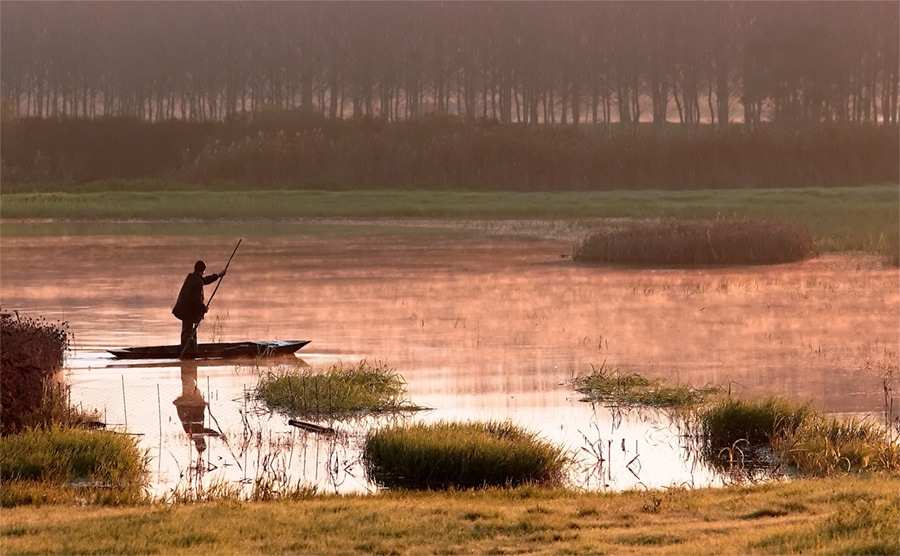
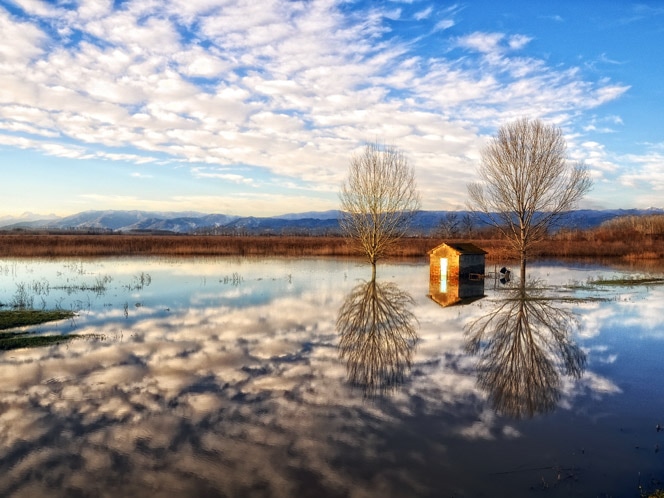
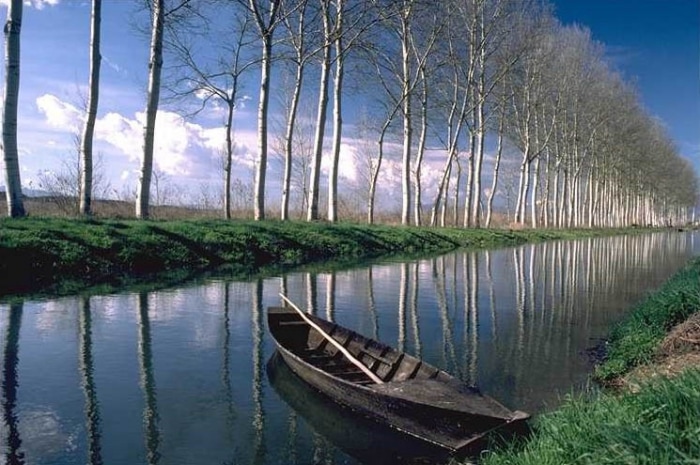




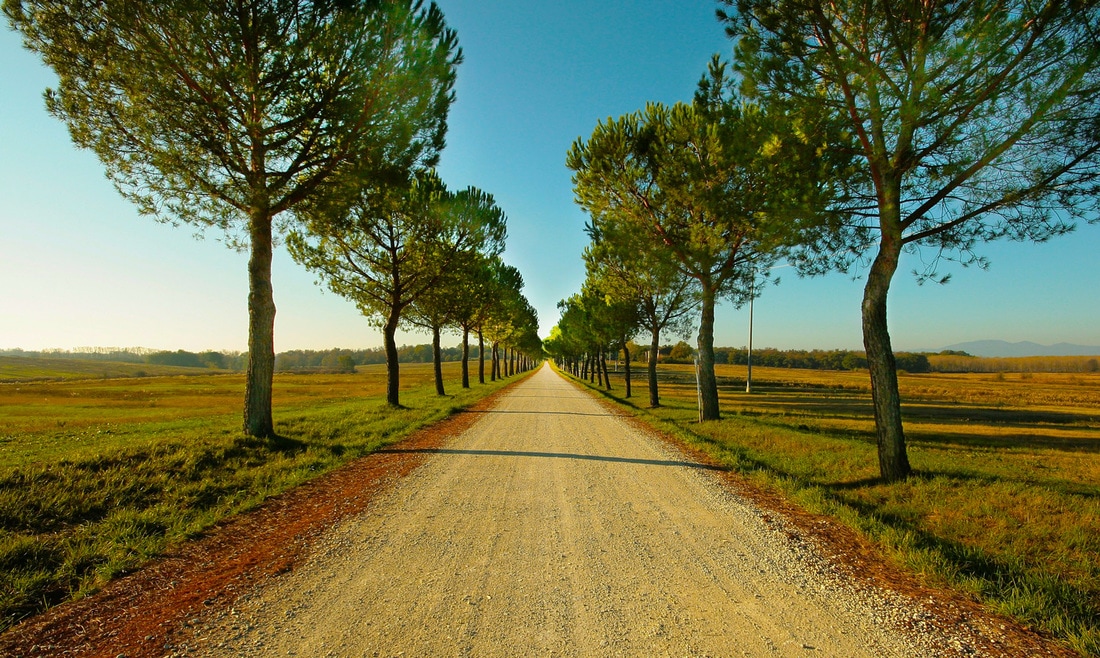
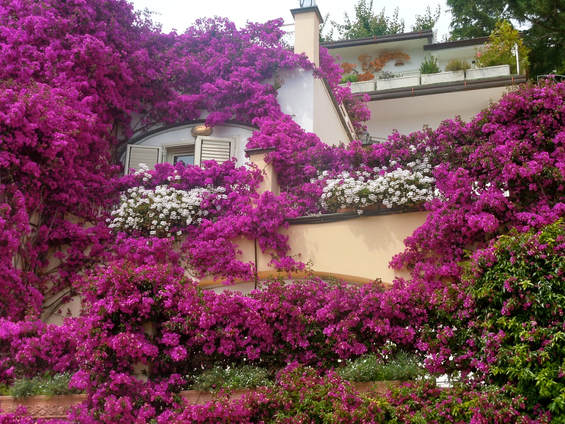
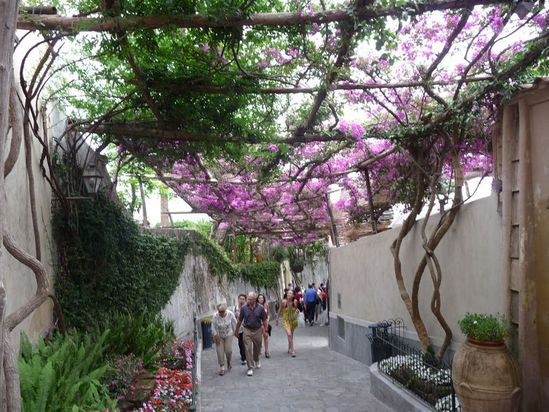
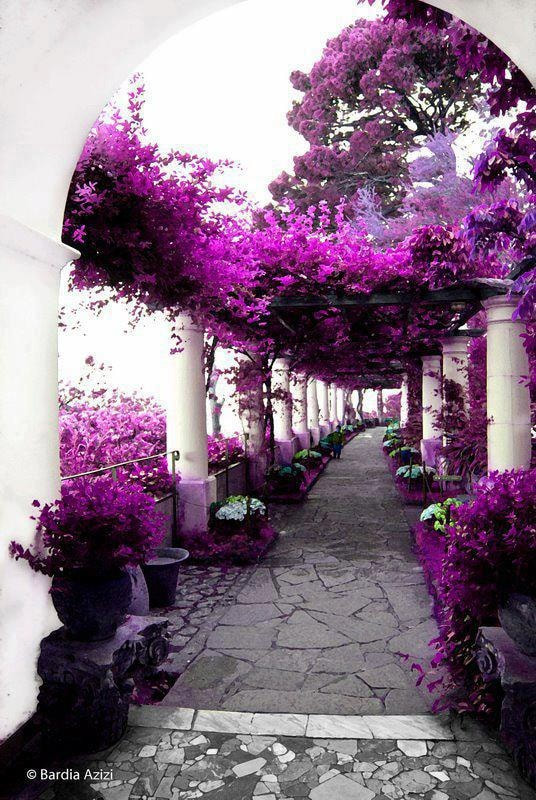
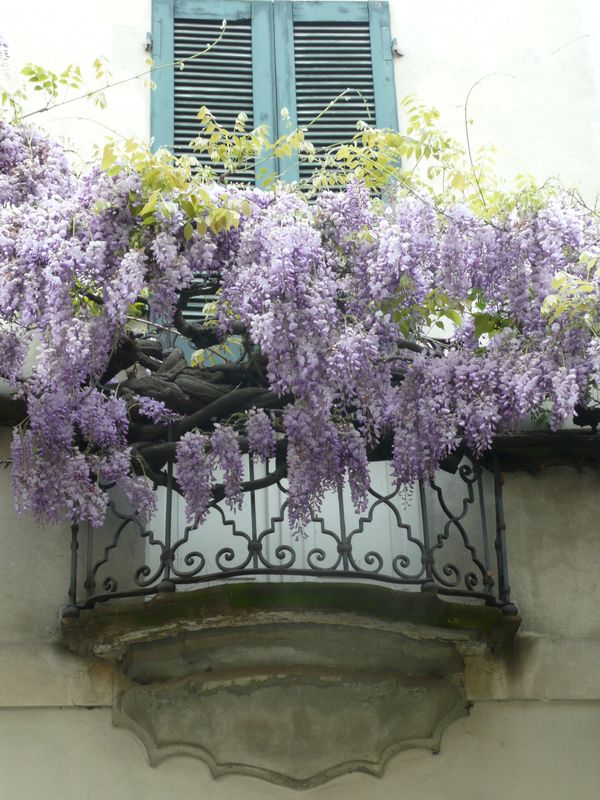
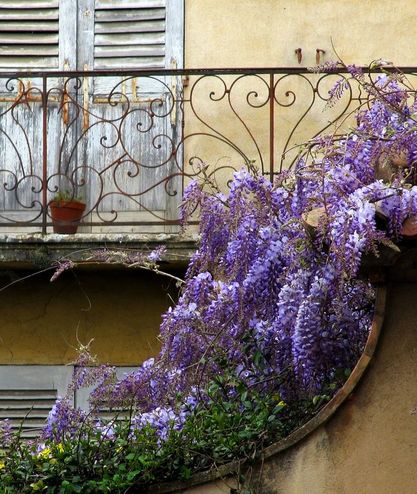
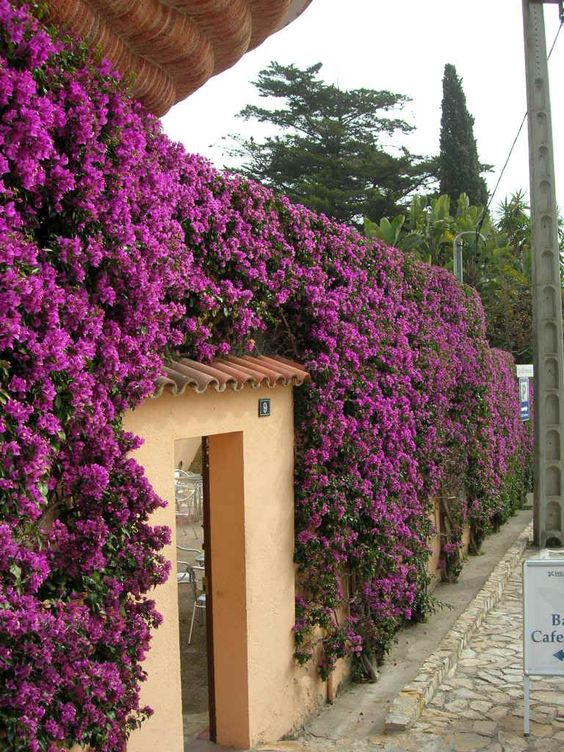
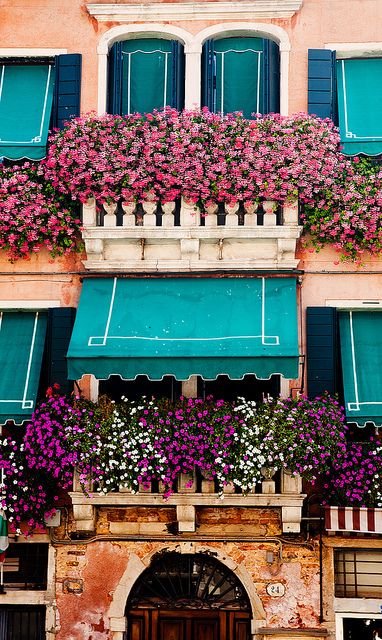
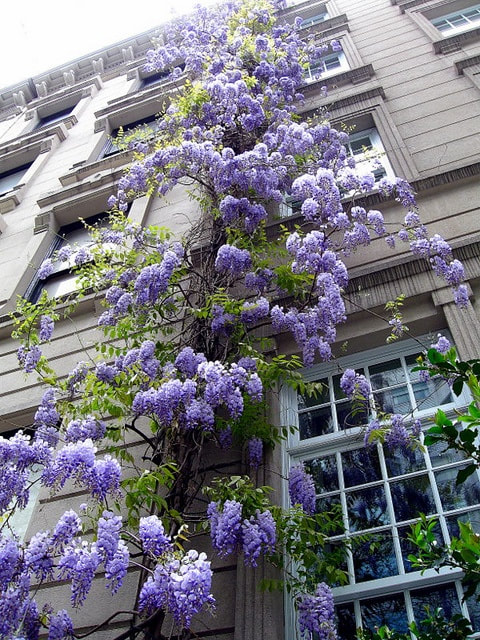
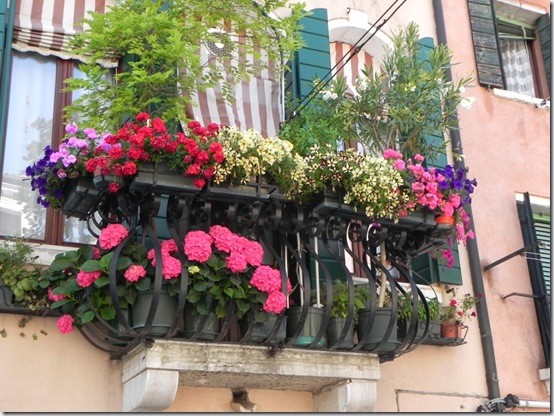
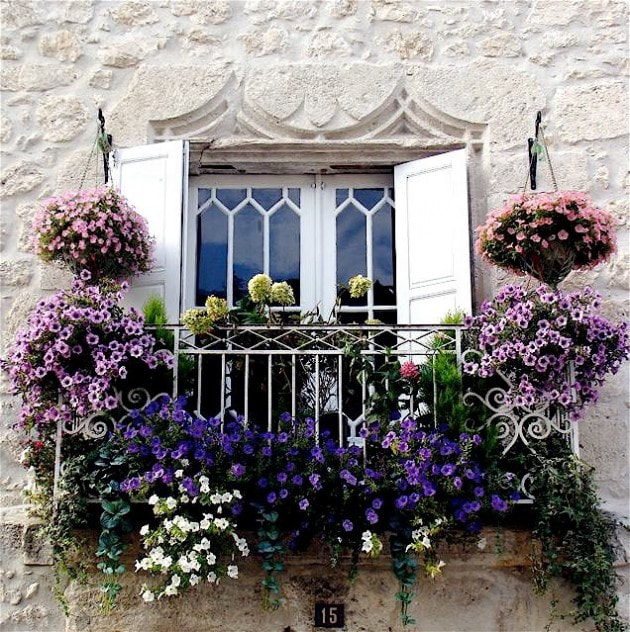
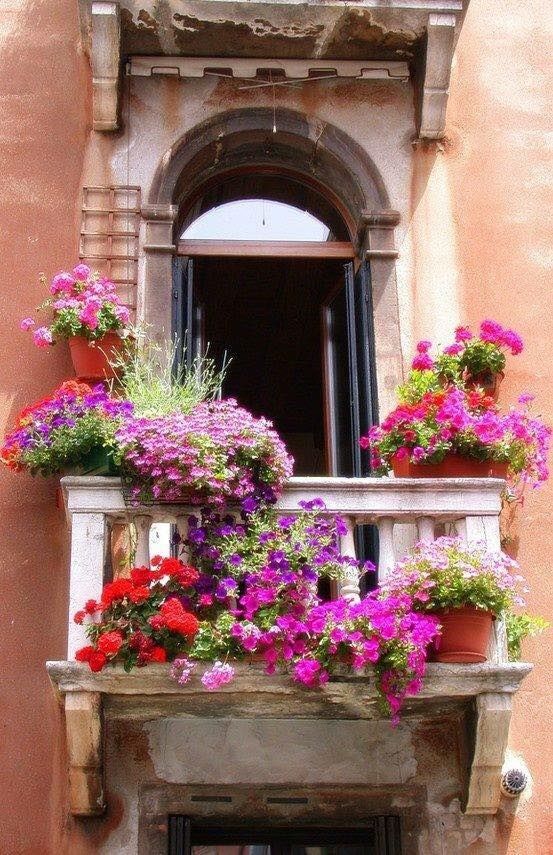
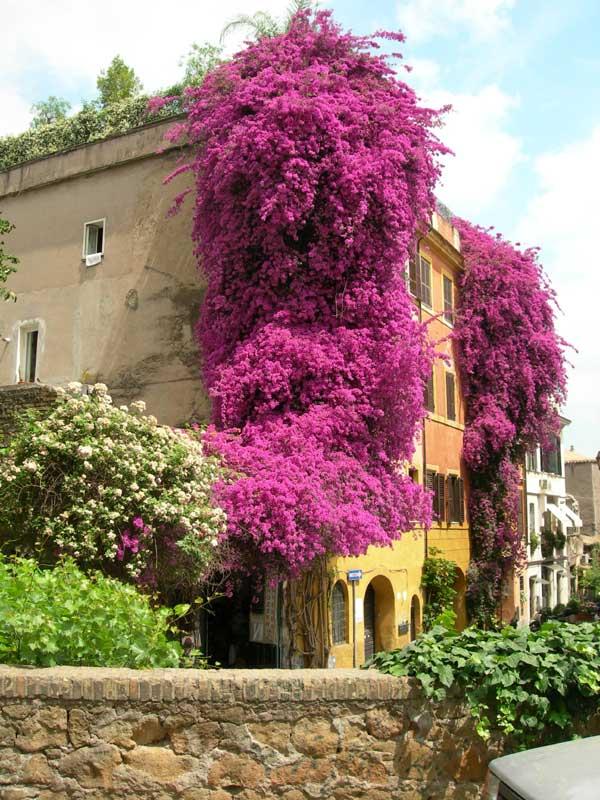
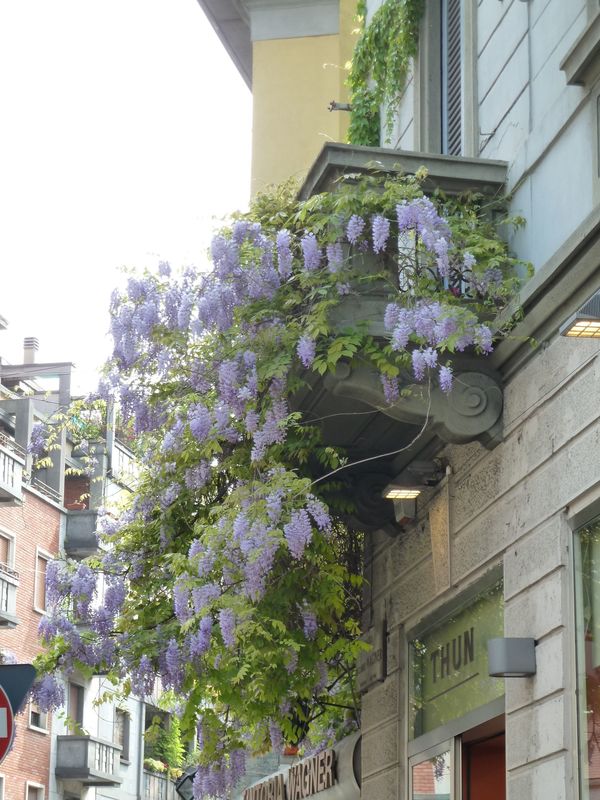
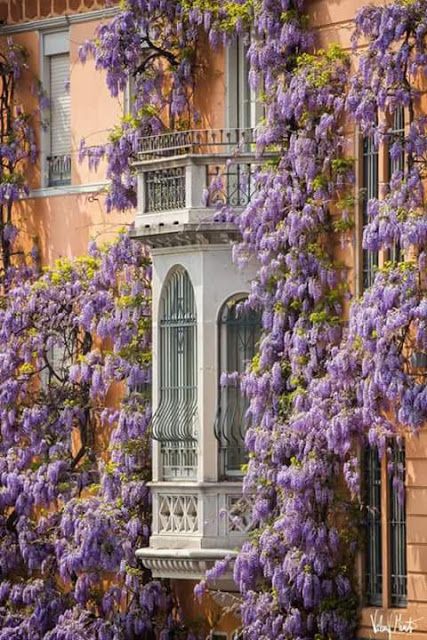
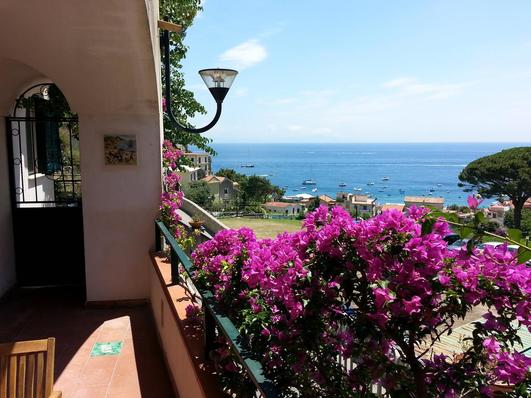
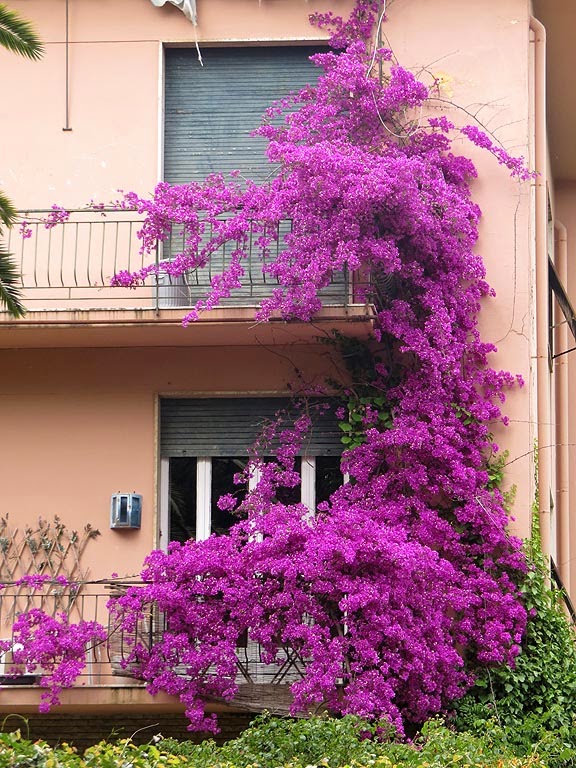
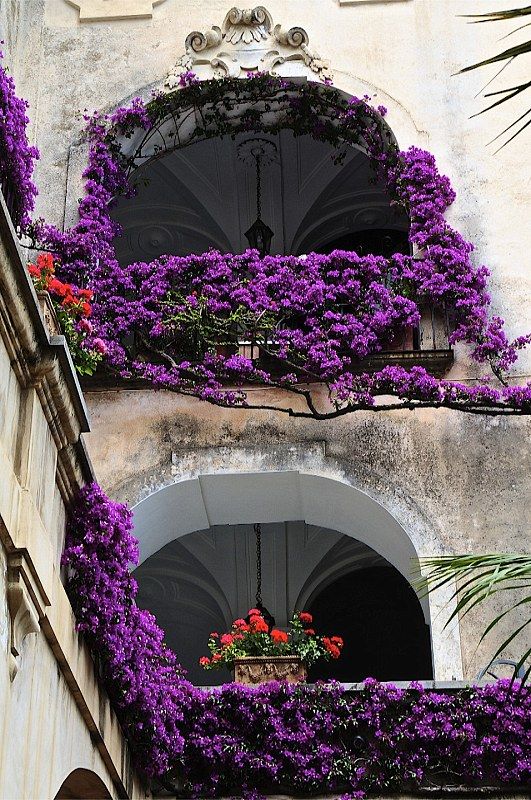
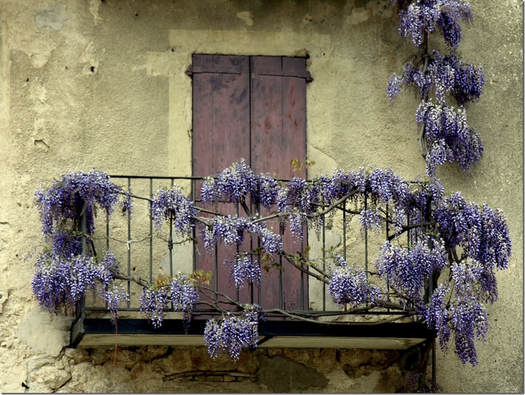
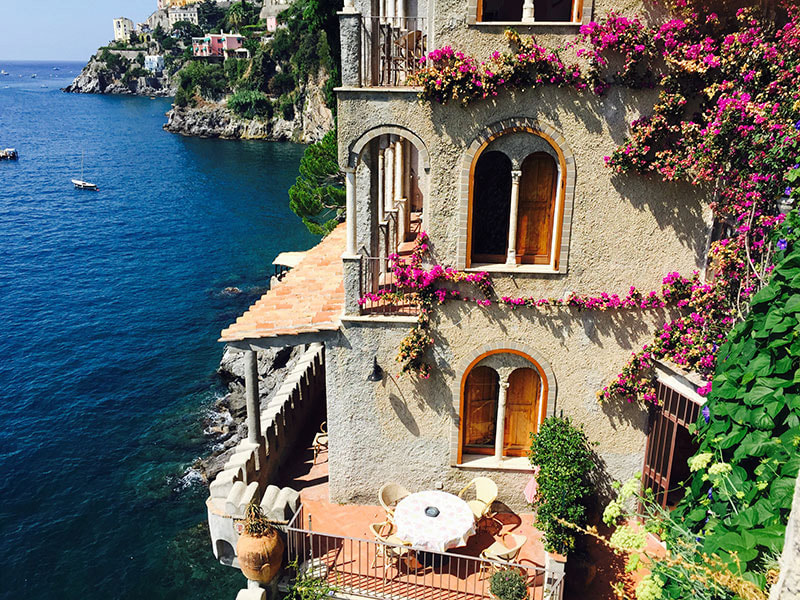
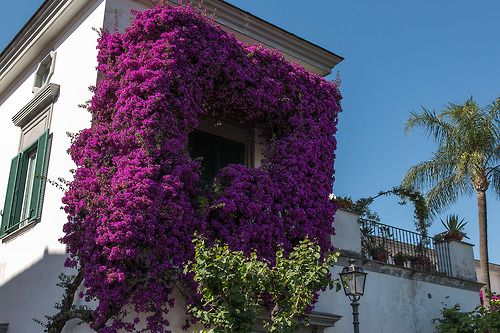
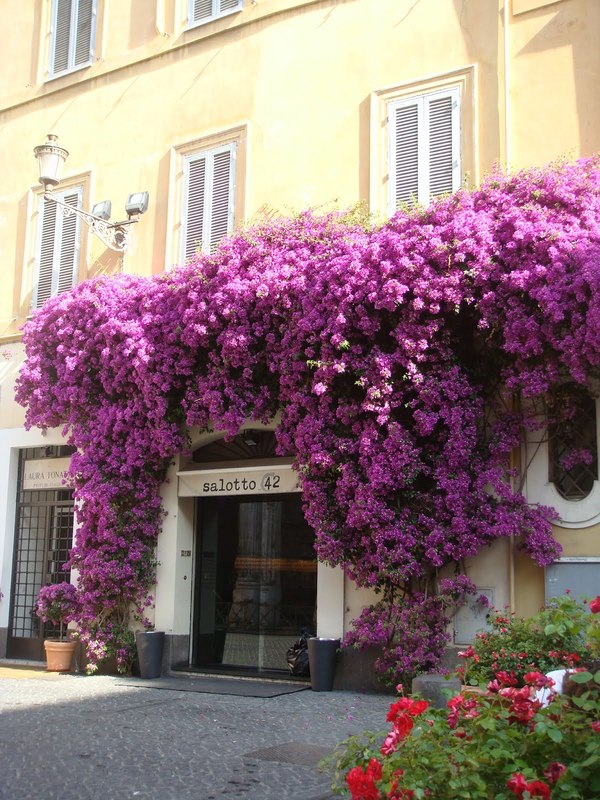
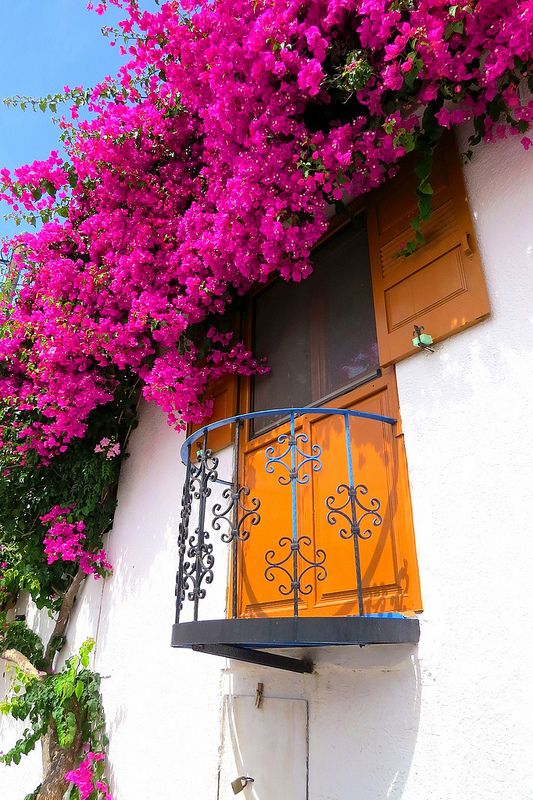
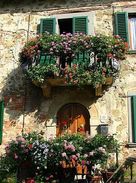
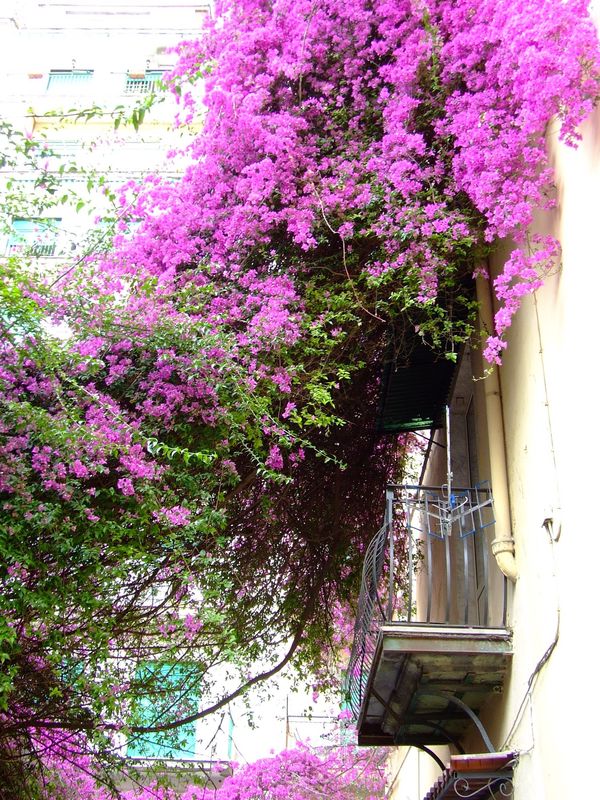
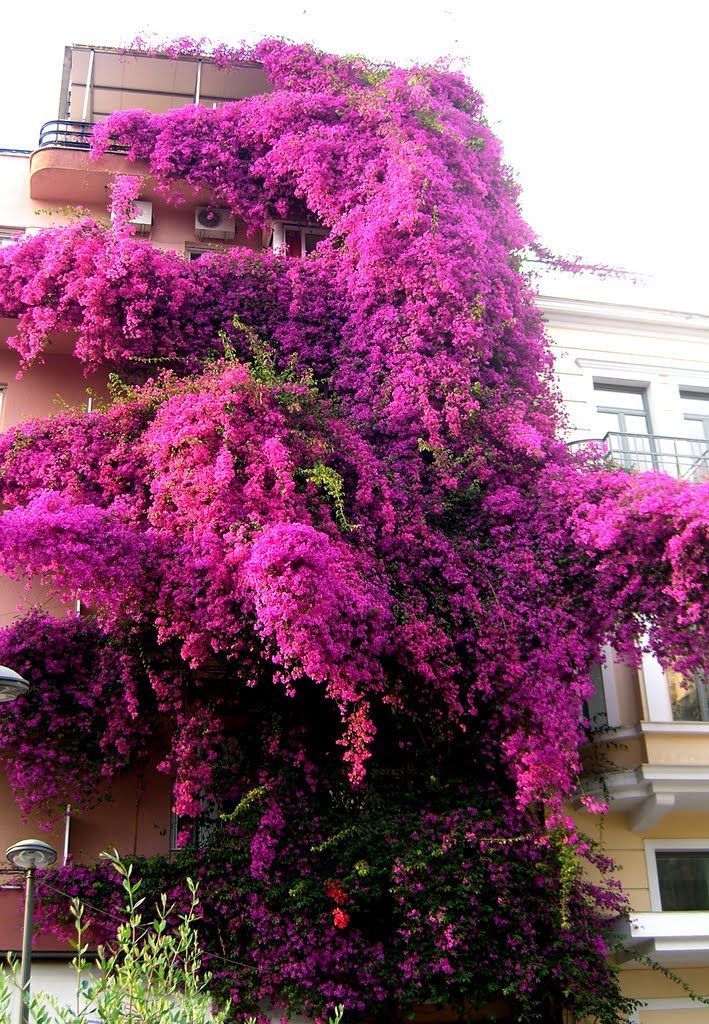
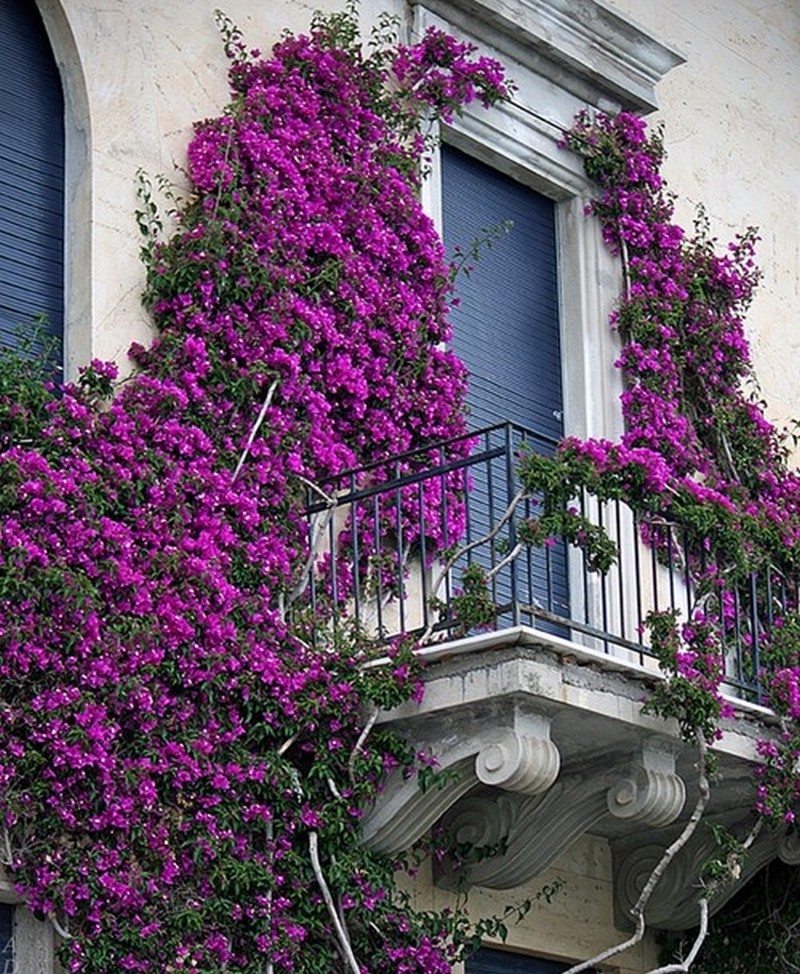
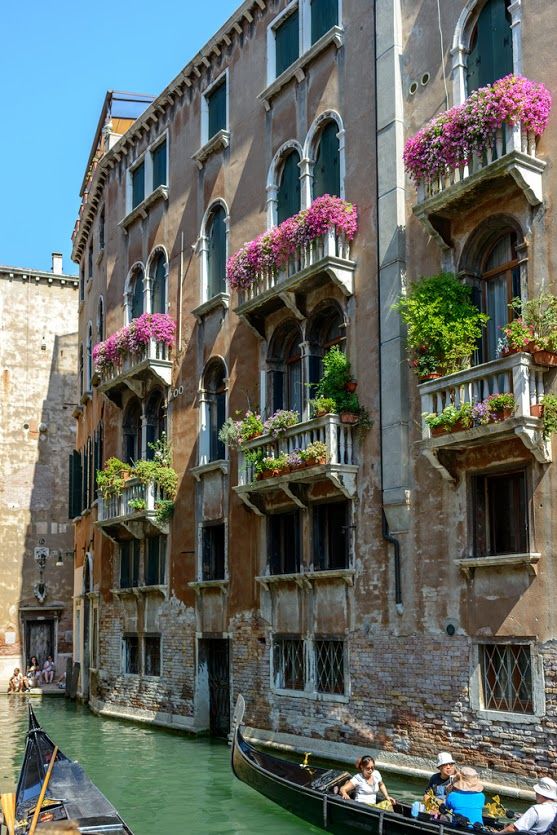

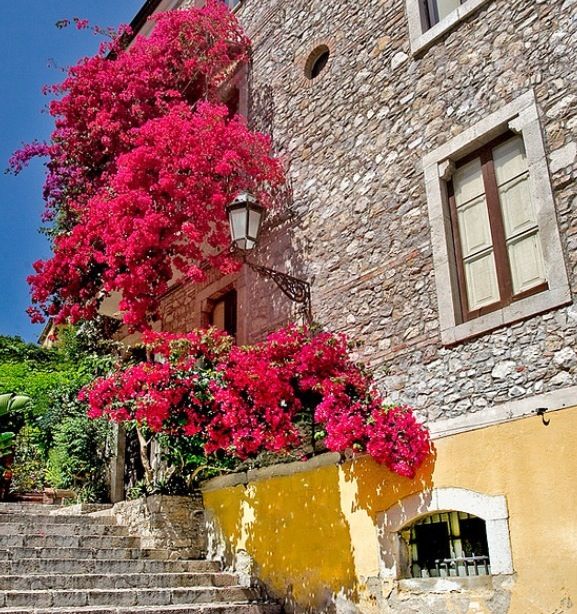
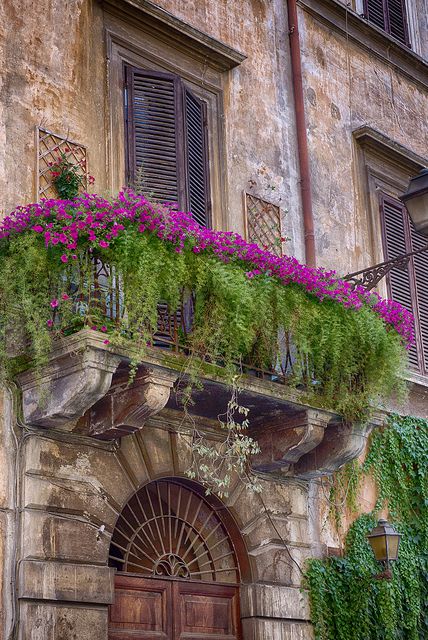
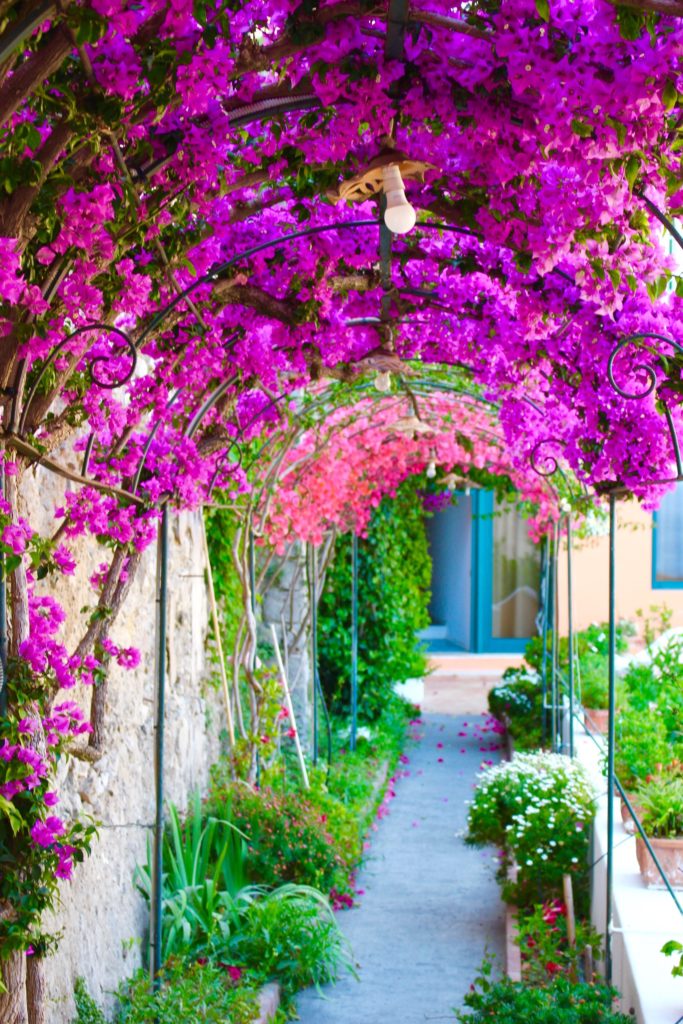
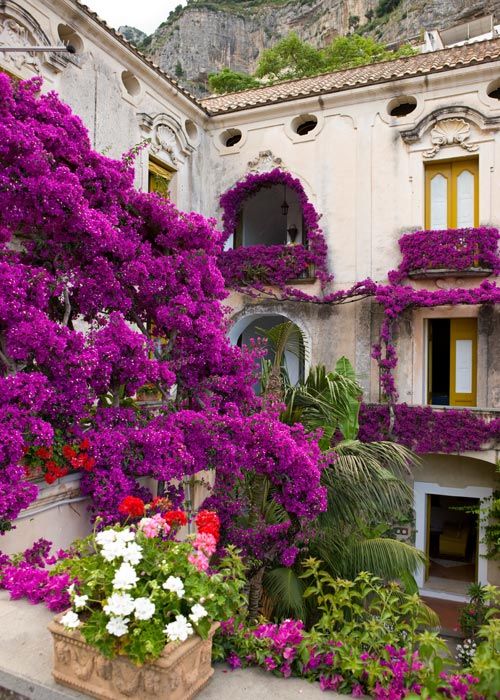
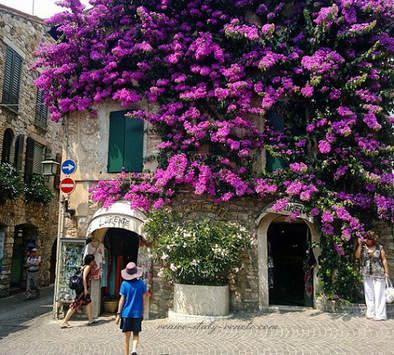
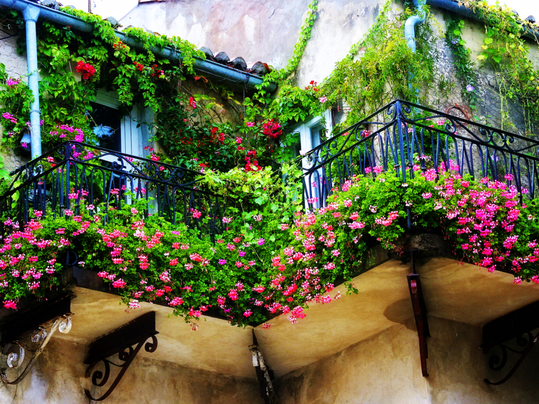




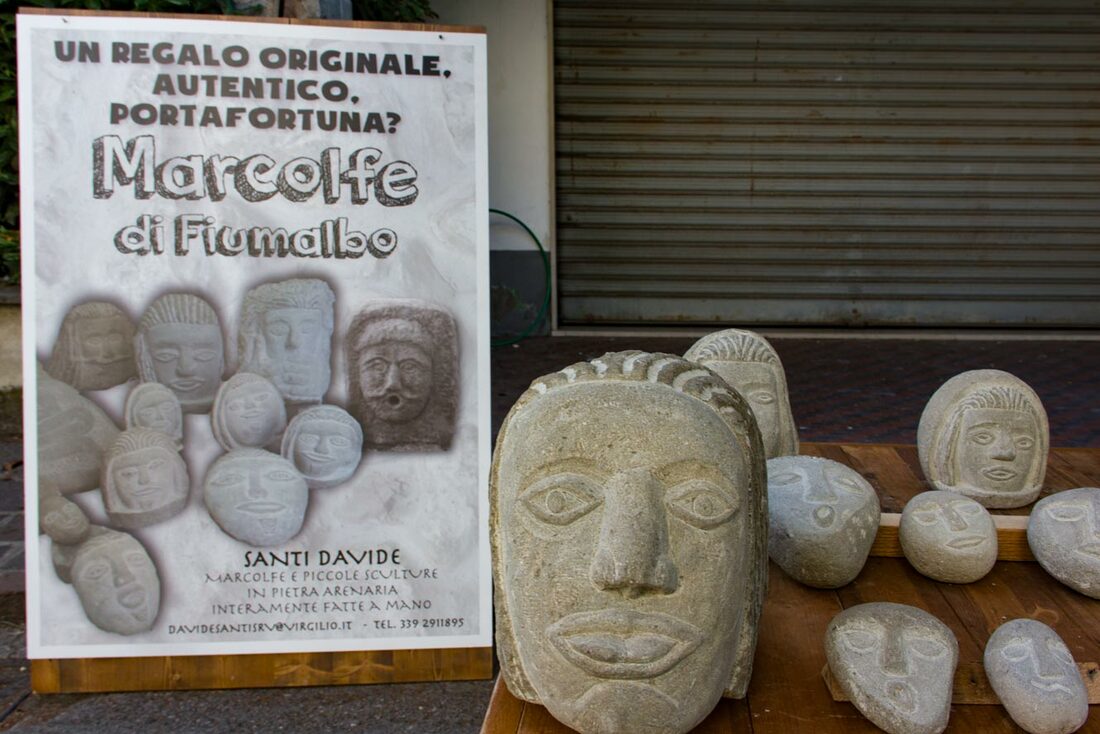

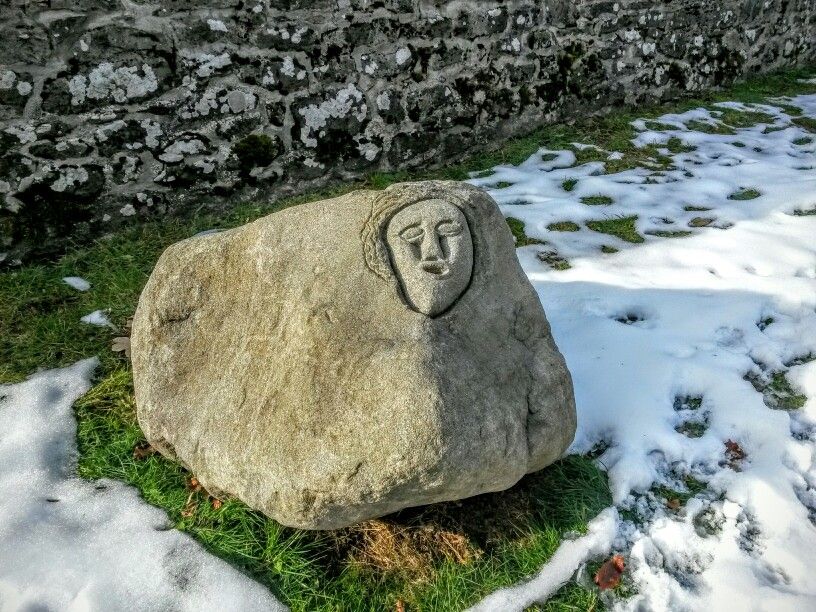

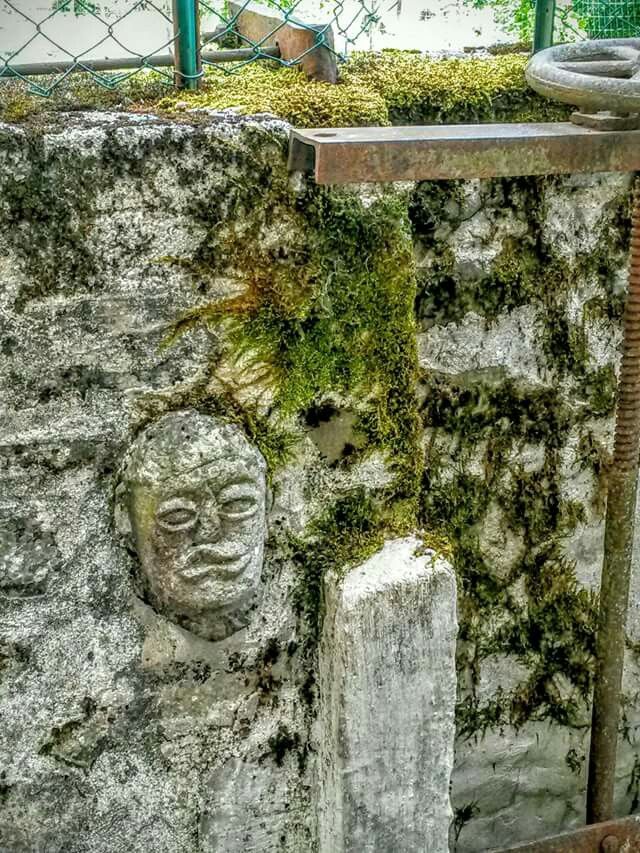
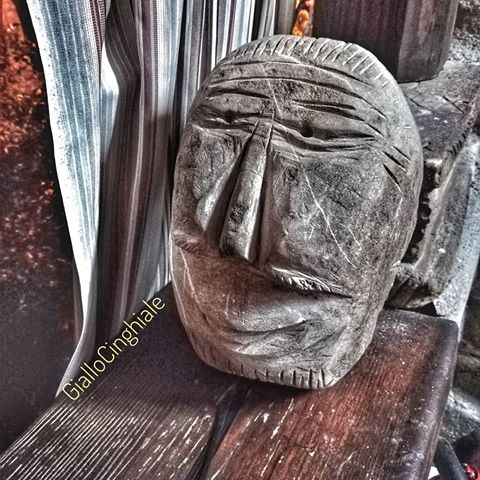
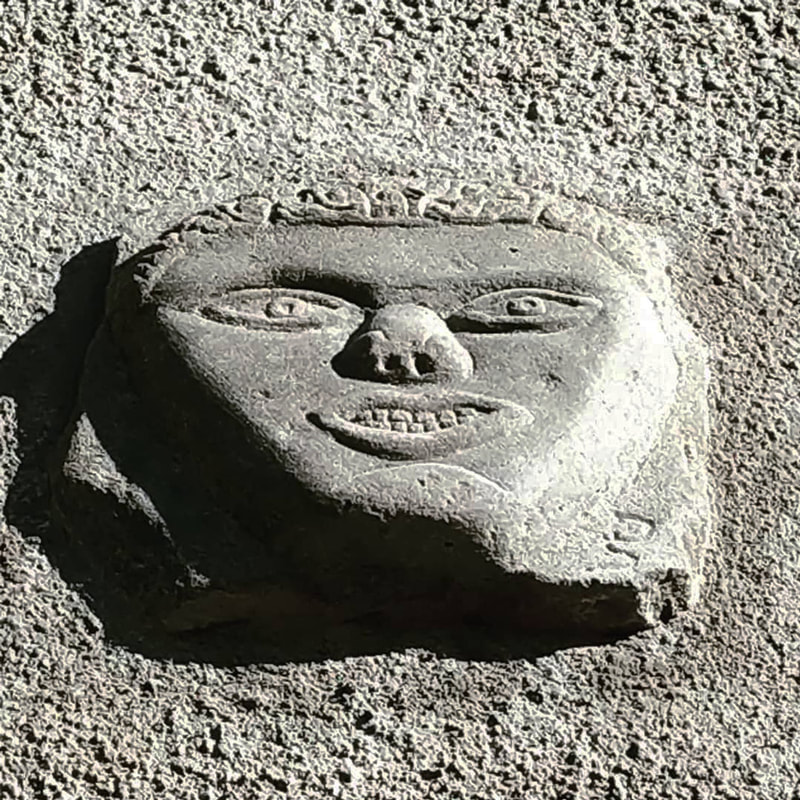


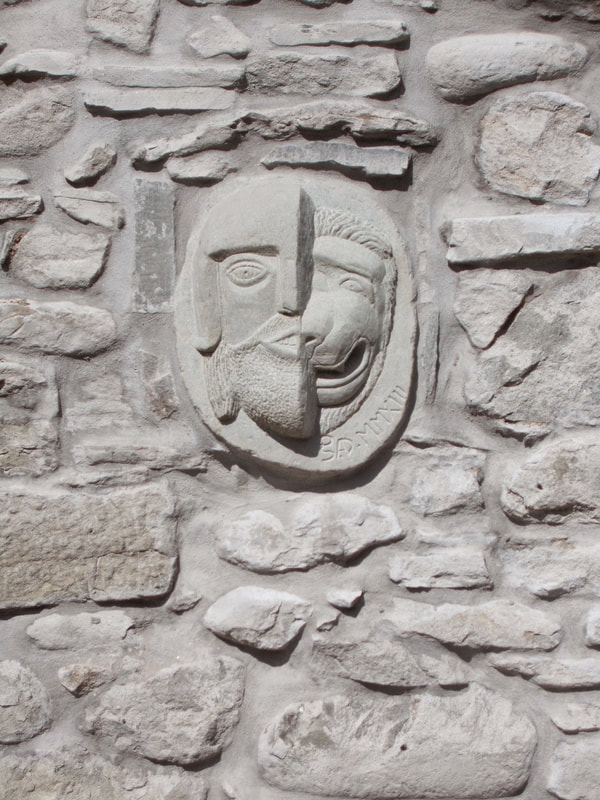
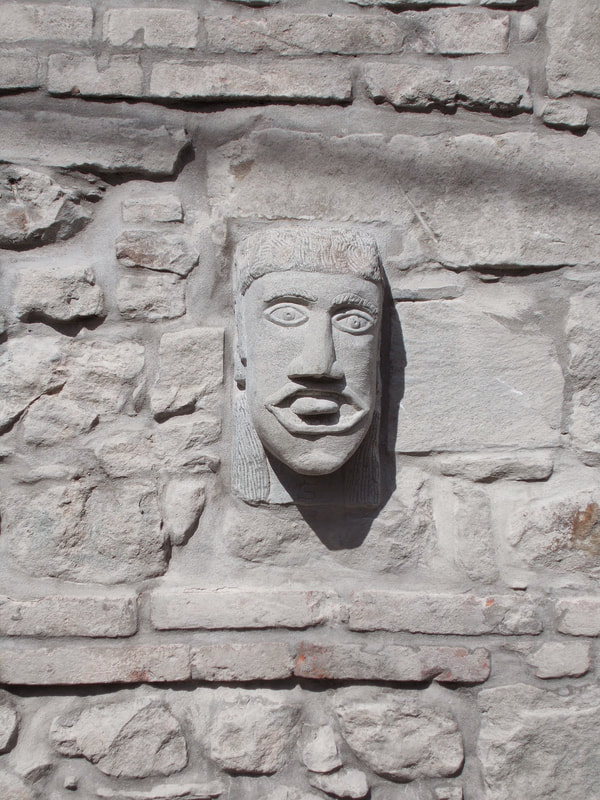
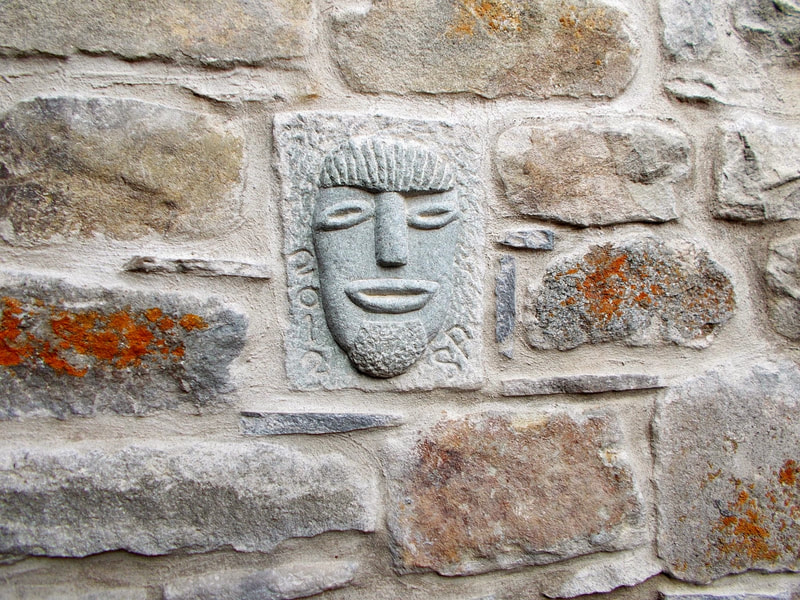

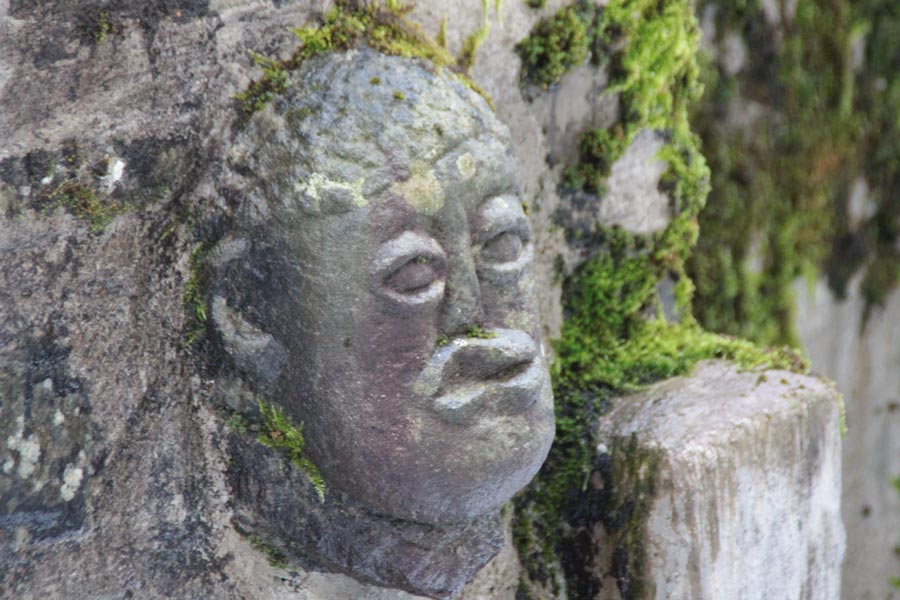

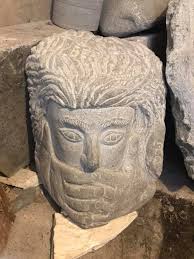


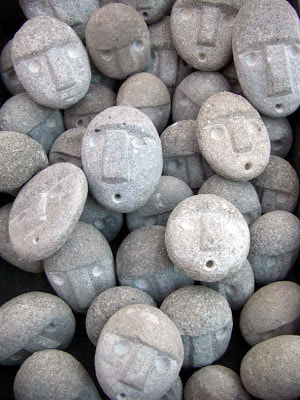



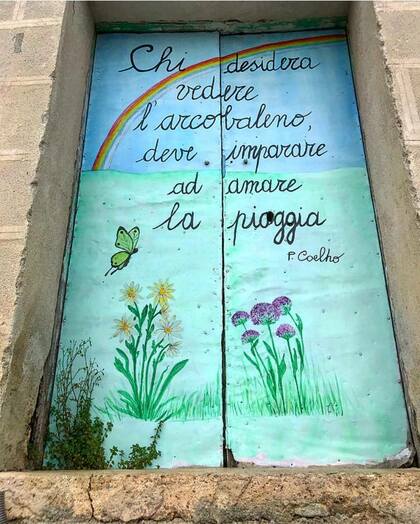
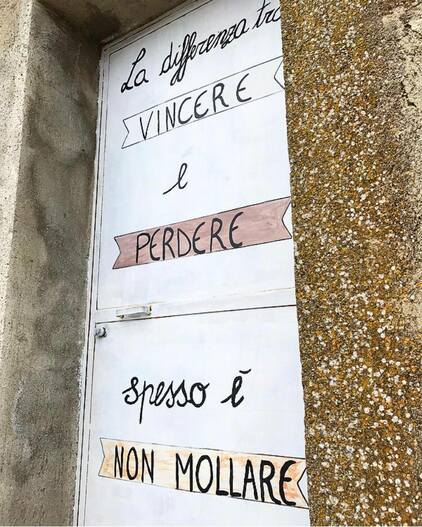

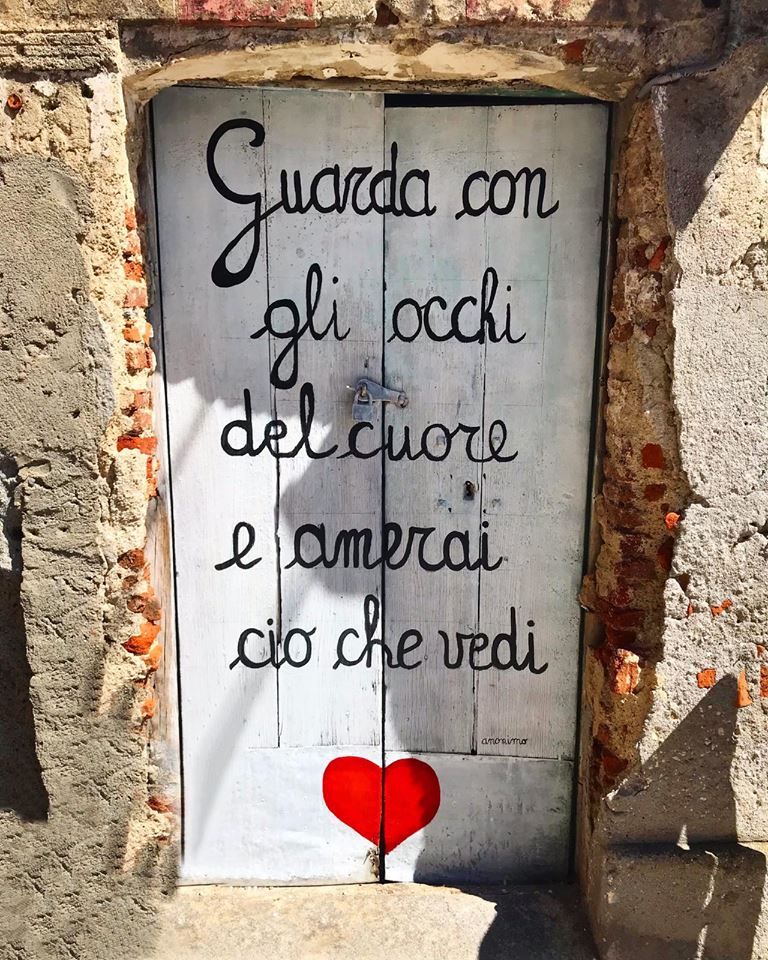

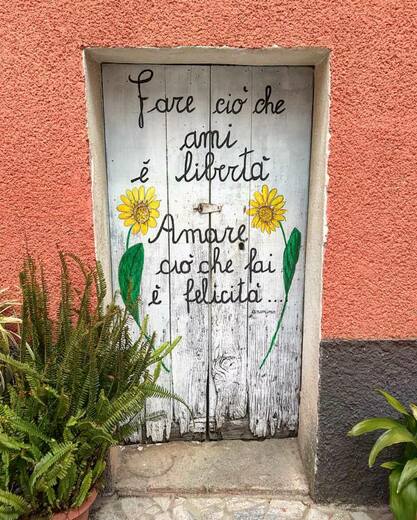
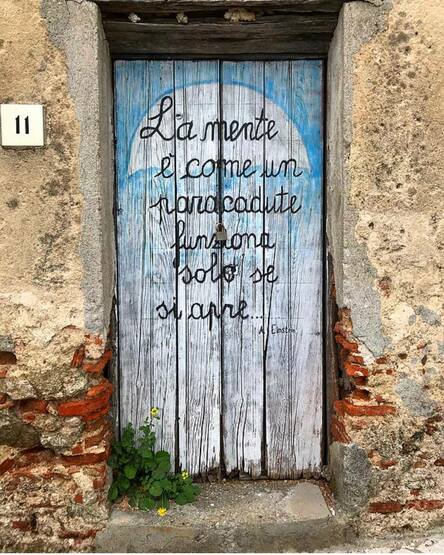
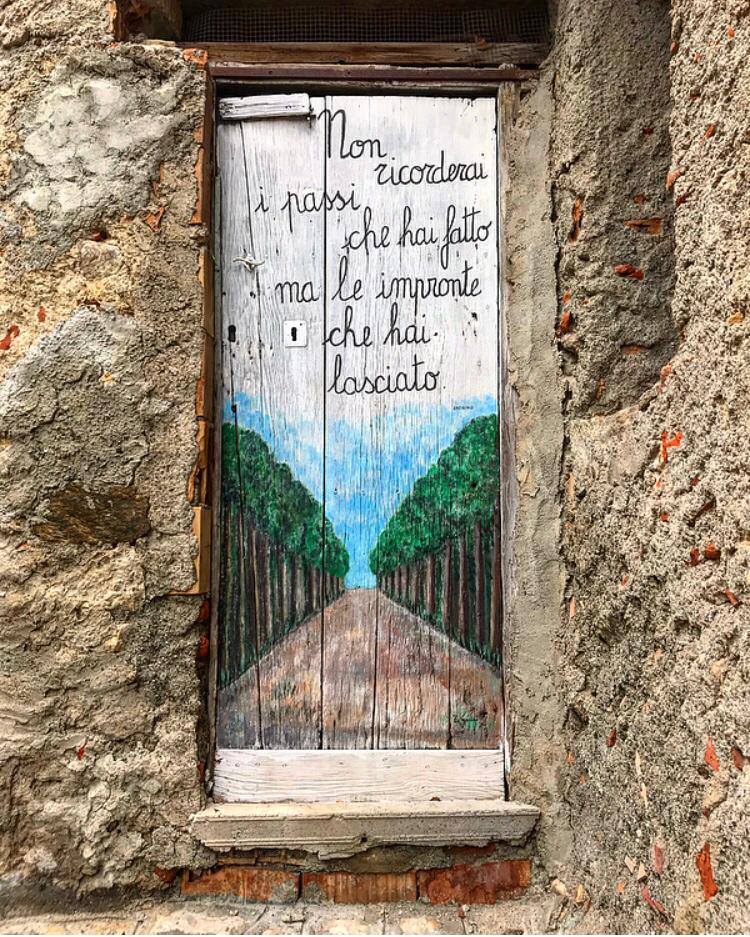
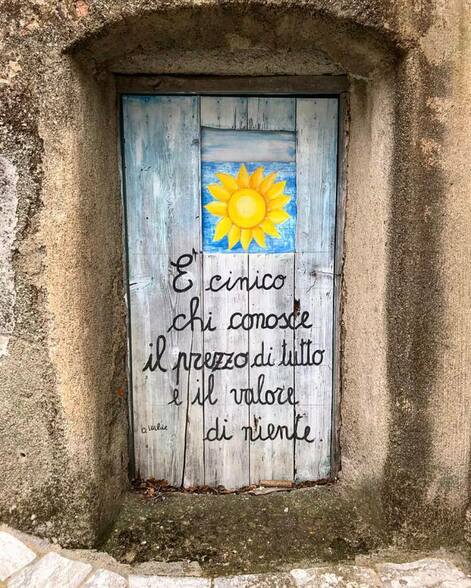
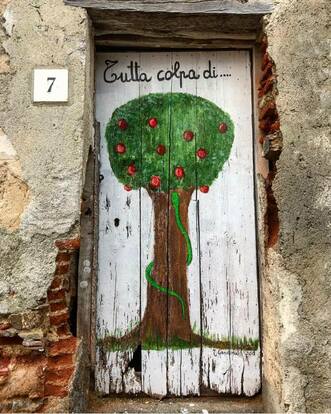
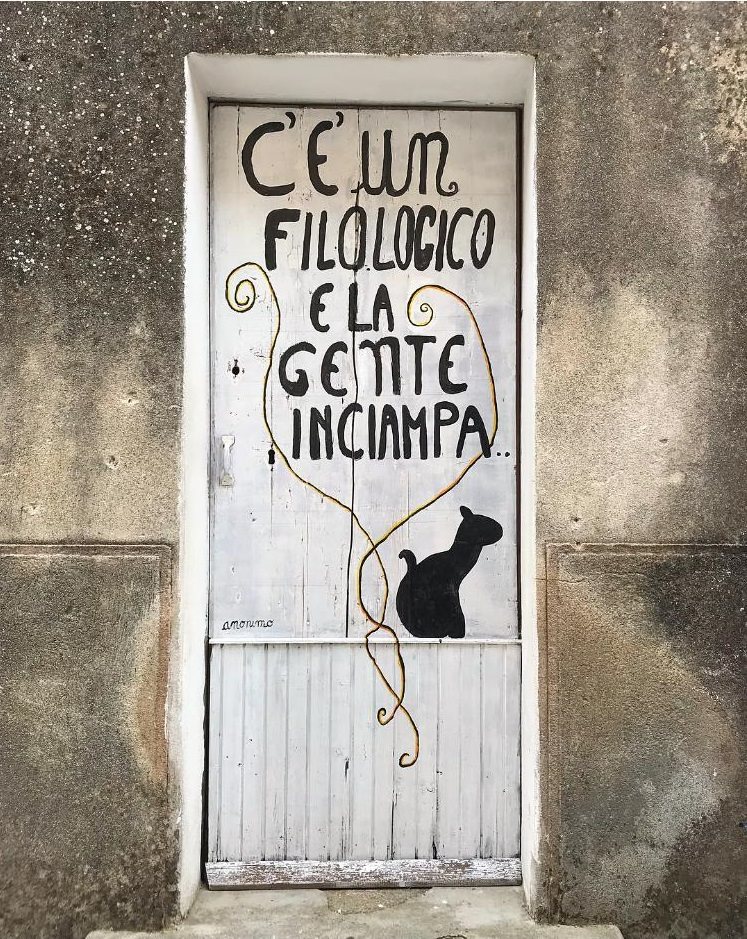
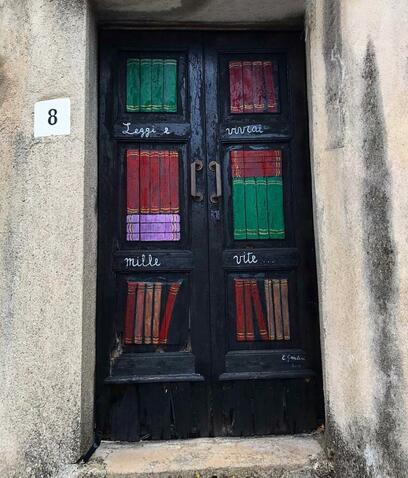
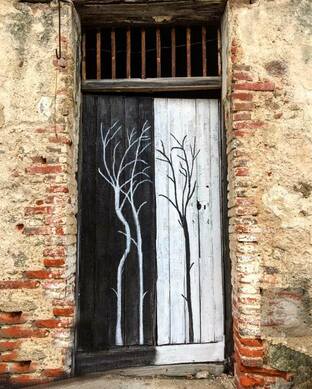
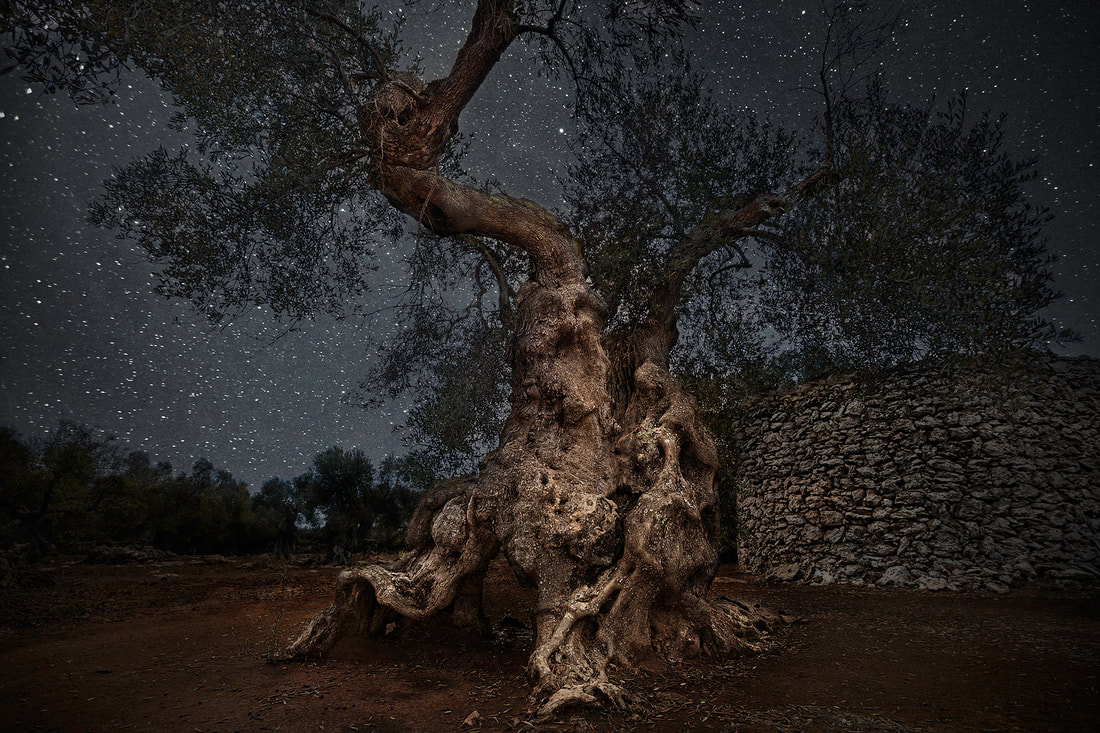
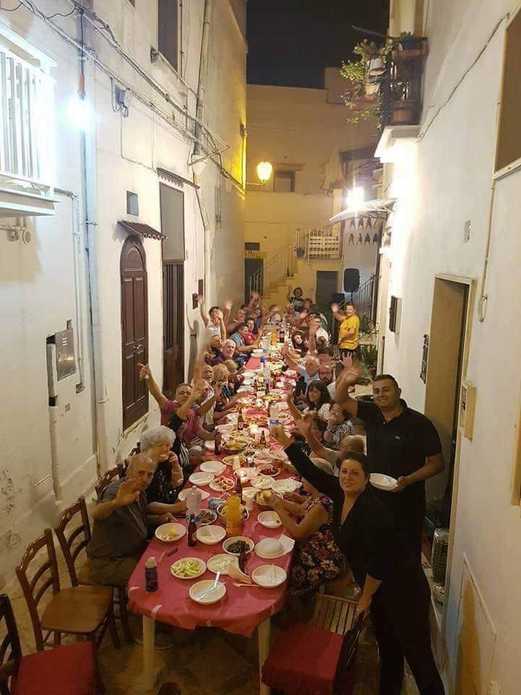

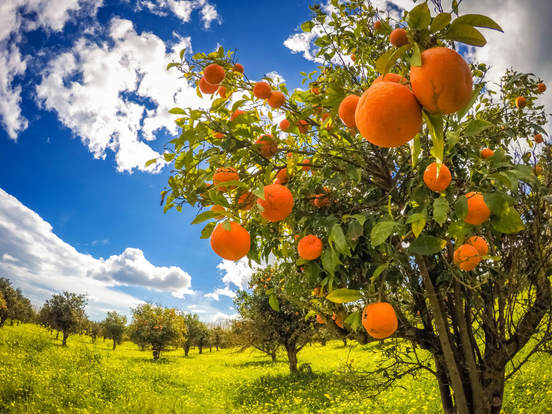

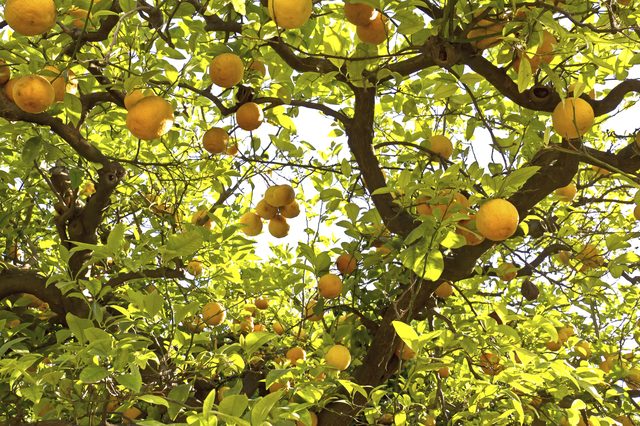



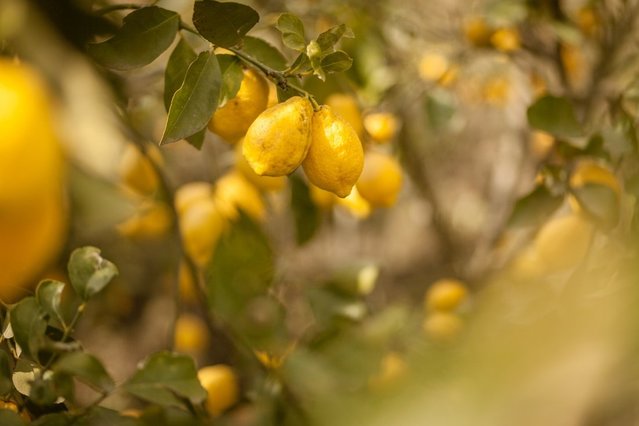
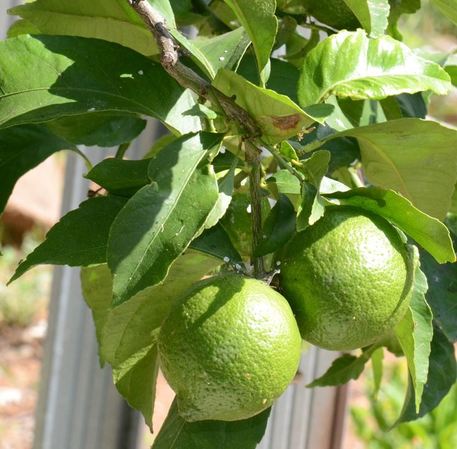
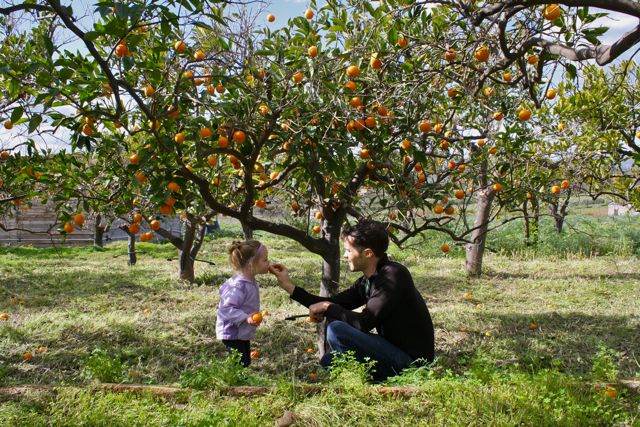
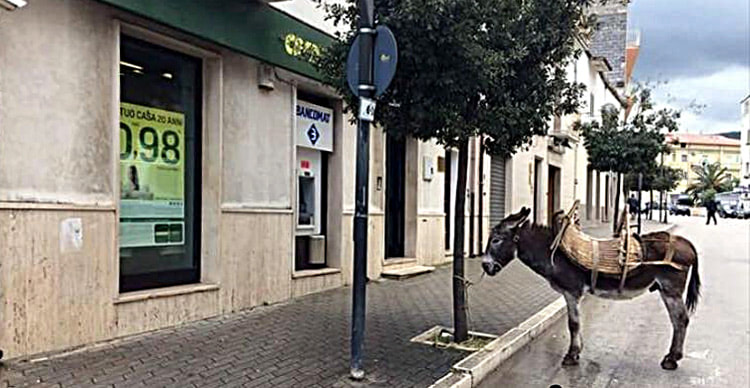
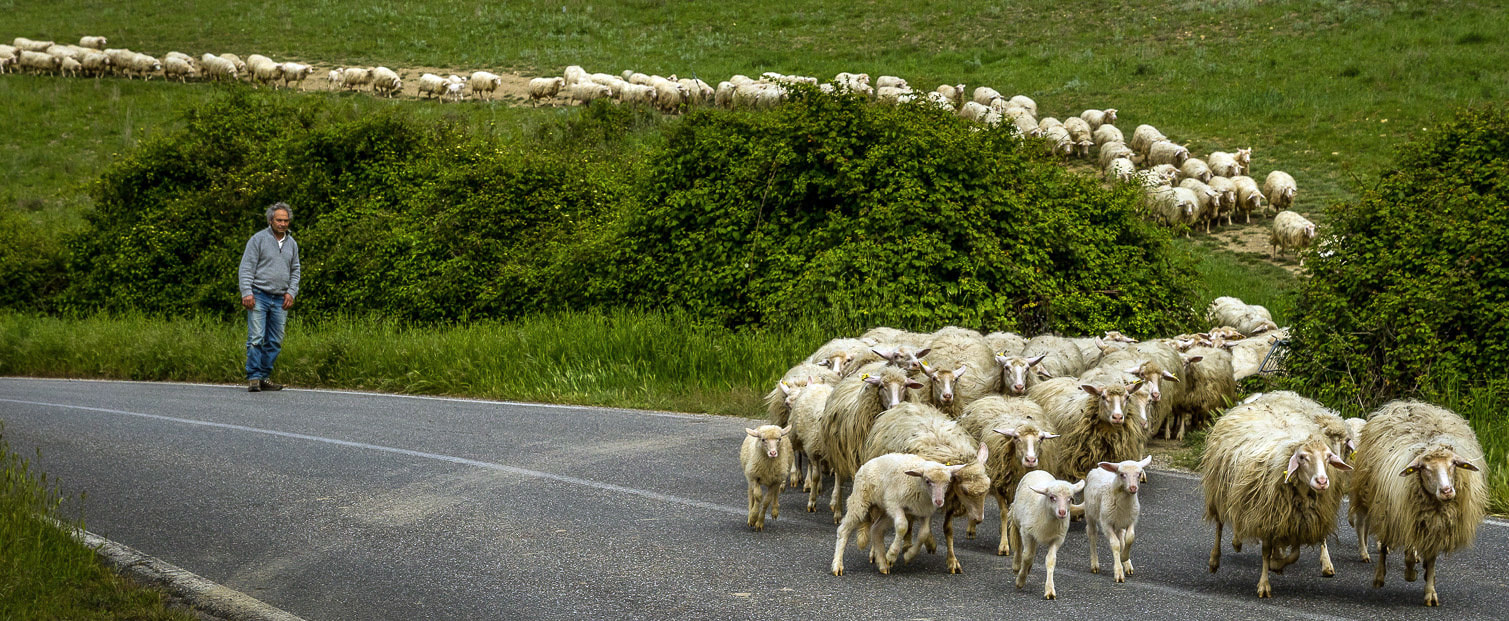
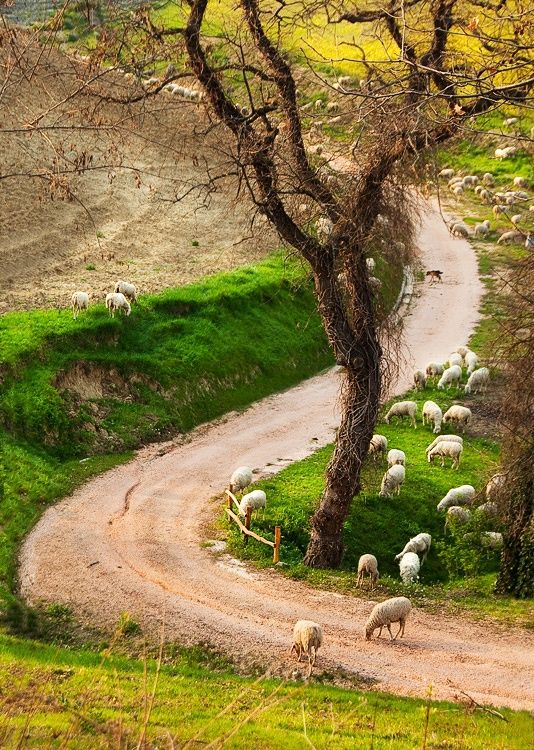


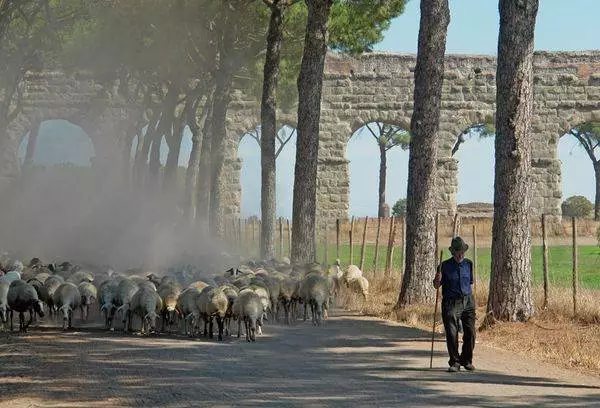
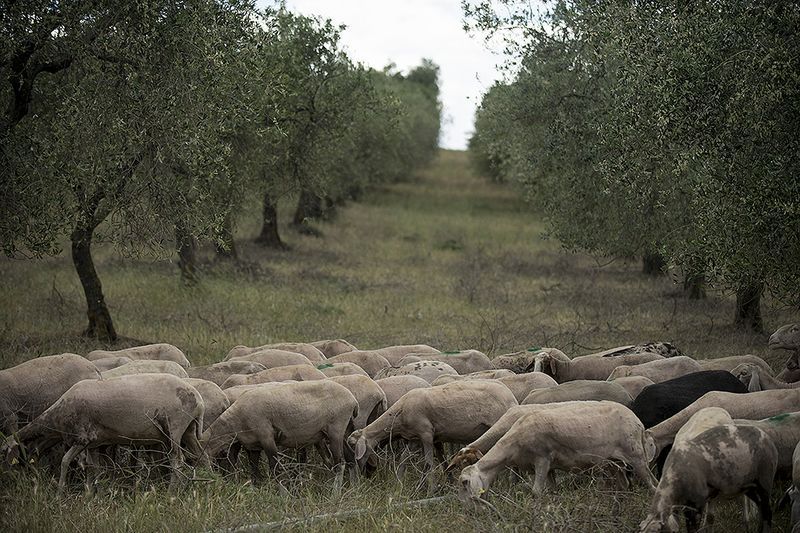
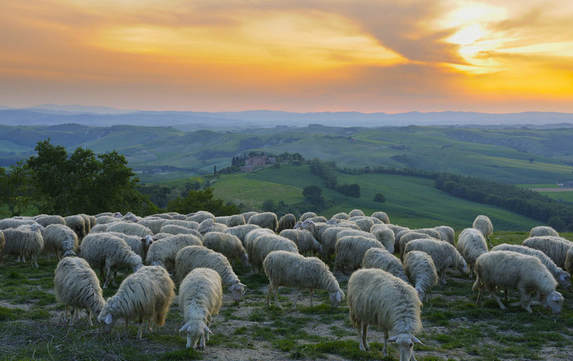




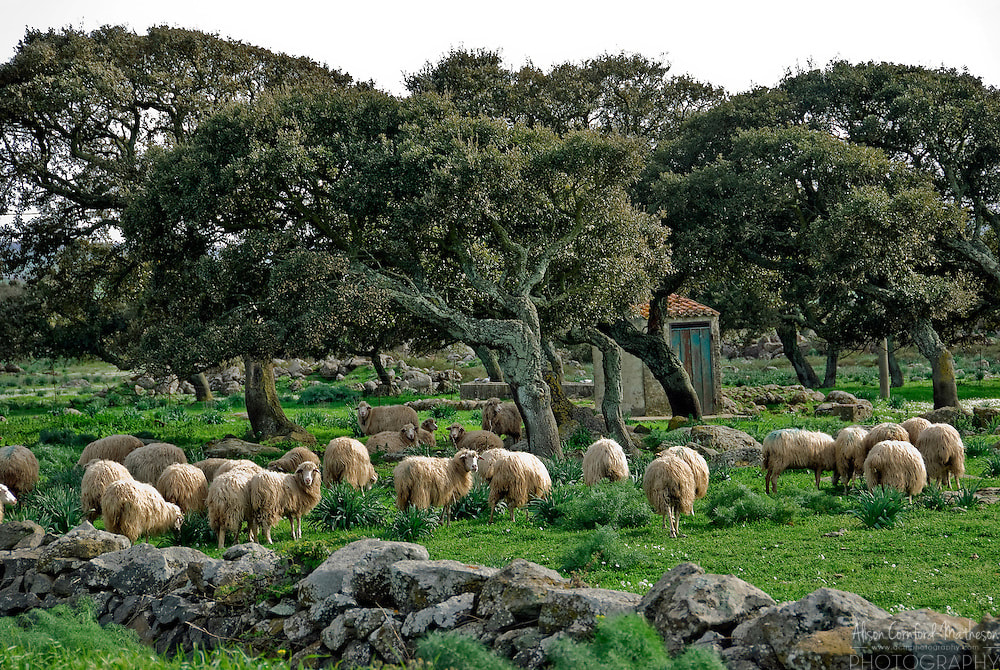


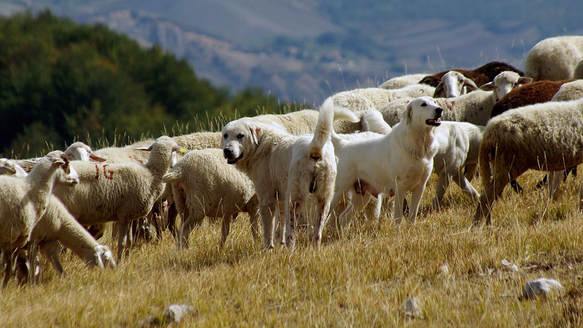
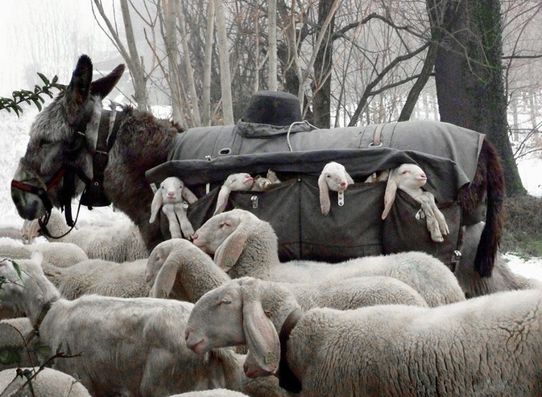
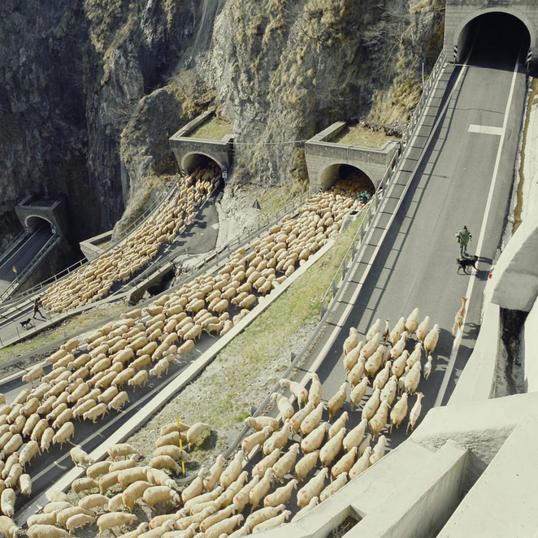



 RSS Feed
RSS Feed
